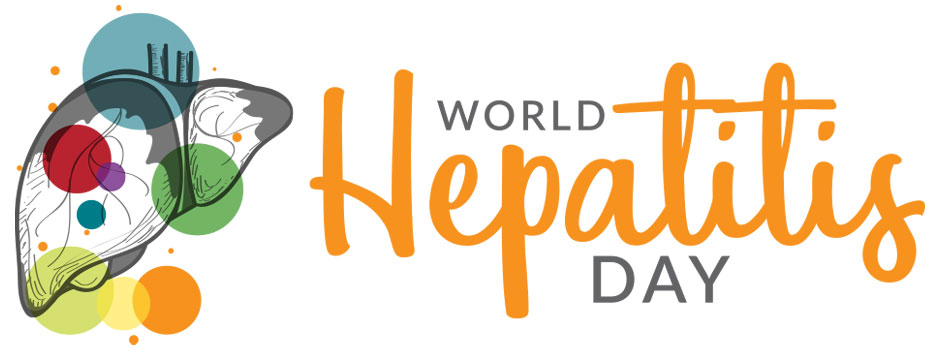World Hepatitis Day 2019

When is World Hepatitis Day this year?
World Hepatitis day occurs every year on July 28 to raise awareness of the effects hepatitis has on the world. The date was chosen because it’s the birthday of Nobel-prize winning scientist Dr. Baruch Blumberg, who discovered hepatitis B (HBV) and developed a diagnostic test and vaccine for the virus. Hepatitis is an inflammation of the liver caused by a virus. It is the most common risk factor for liver cancer, yet most people living with hepatitis are unaware of their infection.
Symptoms of viral hepatitis may include yellowing of the skin (jaundice), loss of appetite, dark urine, abdominal pain, joint pain, fever, fatigue, nausea, vomiting and diarrhea, but some people have no symptoms at all. A blood test is used to screen for the disease. An estimated 90 percent of people who have hepatitis don’t know they’re infected. Increasing awareness of this illness can help save lives.
World Hepatitis Day aims to promote testing and prevention of all five types of hepatitis – A, B, C, D and E. Hepatitis A is typically transmitted through eating or drinking contaminated food and water. Hepatitis B and C are transmitted primarily through use of contaminated needles, unprotected sex with infected partners, or during childbirth if the mother is infected. Hepatitis D and E are very rare—hepatitis D only occurs in those who are infected with hepatitis B, and hepatitis E is mostly transmitted through consumption of contaminated water or food in developing parts of the world.
Vaccines are available to protect against hepatitis A and B. The hepatitis B vaccine also protects against hepatitis D. There is currently no vaccine to protect against hepatitis C, however it is treatable. At the 69th World Health Assembly, 194 governments adopted the World Health Organization’s Global Strategy on Viral Hepatitis, which includes a goal of eliminating hepatitis B and C as a health issue in the next 11 years.
You can help by making sure you get tested and protected against hepatitis. If you test positive, get treatment. On World Hepatitis Day, we can all build on the momentum towards achieving the goal of elimination by 2030.



